Fighting for fair housing in the face of gentrification in Mexico City
In early 2022, Tortería Colima was operating from the corner of Merida and Colima streets in Mexico City’s central Roma Norte neighbourhood. From the shopfront, the Ortíz siblings had been selling tortas (a large, cheap and satisfying sandwich, somewhere between a hamburger and an overloaded bánh mì), along with milkshakes and fresh juices, for decades. Before this, their father had run a bakery there since 1968, when the store’s ownership had been handed over to him by the Spanish family who owned the building before that.
On 11 February 11, people from a property law firm dragged members of the Ortíz family out of the store by their hair, threw all the accoutrements of the business onto the street, and sealed the doors shut with a welder. Fifty-four years of a family business that fed workers, visitors and residents as members of the local community, came to an end.
In the early twentieth century, the colonia (neighbourhood) Roma – now divided into Roma Norte and Roma Sur – was built as a European-style urban locale for aristocratic families seeking to move away from the crumbling city centre. It declined somewhat in the 1970s and ’80s as wealthy families (such as the one portrayed in Alfonso Cuarón’s Roma) left for newer neighbourhoods again, and was heavily cratered by the 1985 earthquake in Mexico City. Its beauty and history – faded grandeur; buildings dedicated to literature and art; wide, tree-lined streets; an architectural style of coloured tiles, mirrors, and distinctive lines – could not keep artists, readers, and tourists away forever, though.
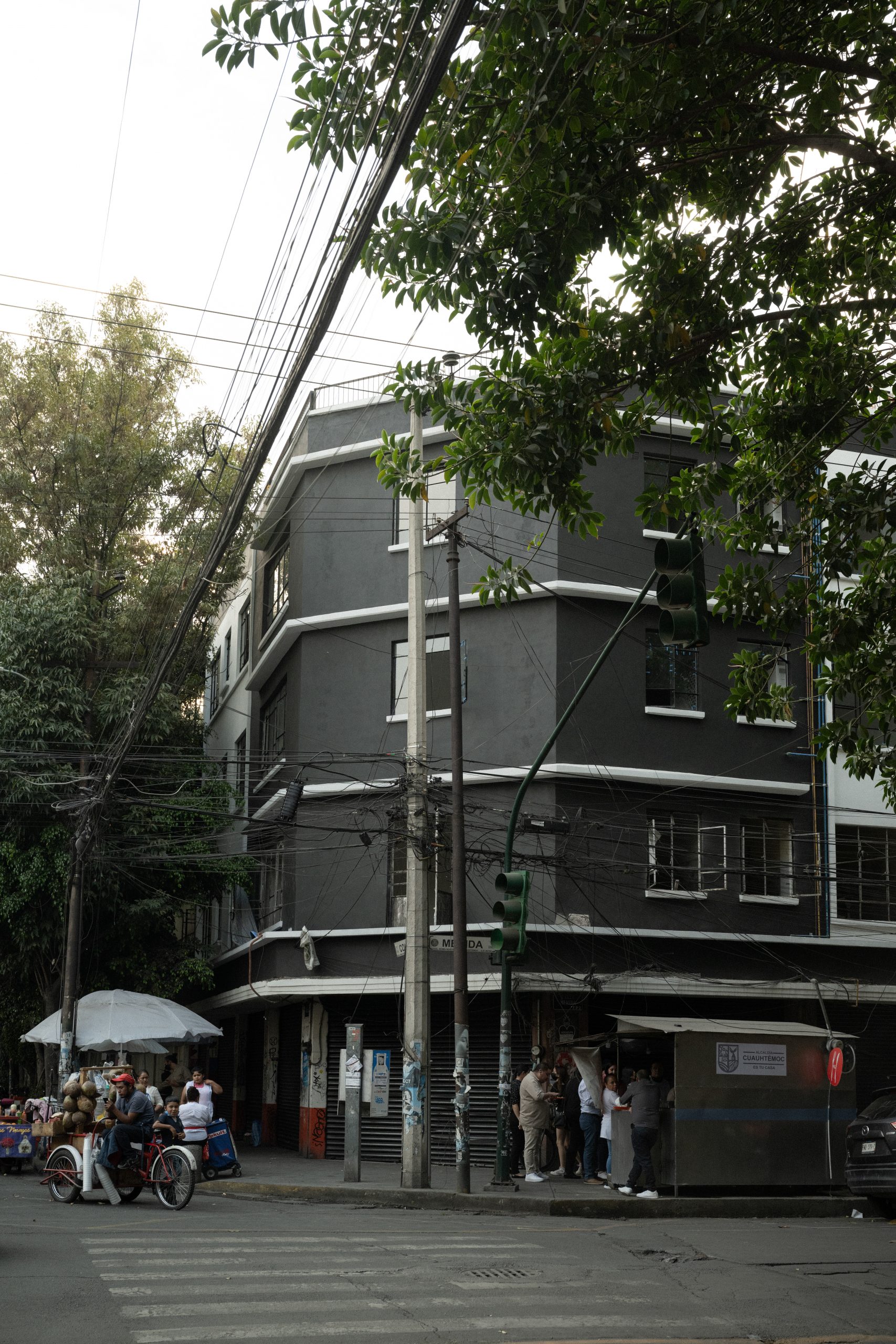
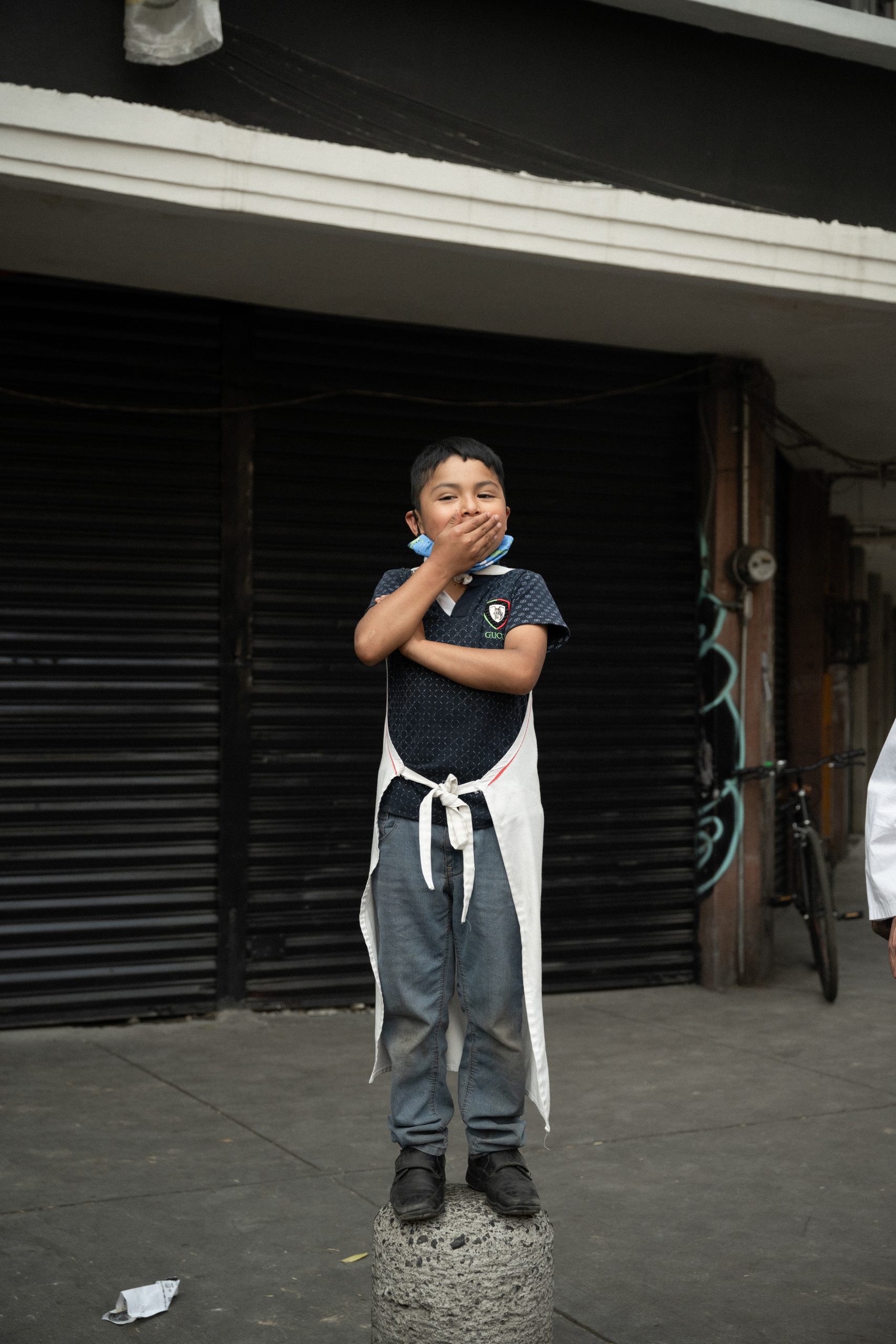
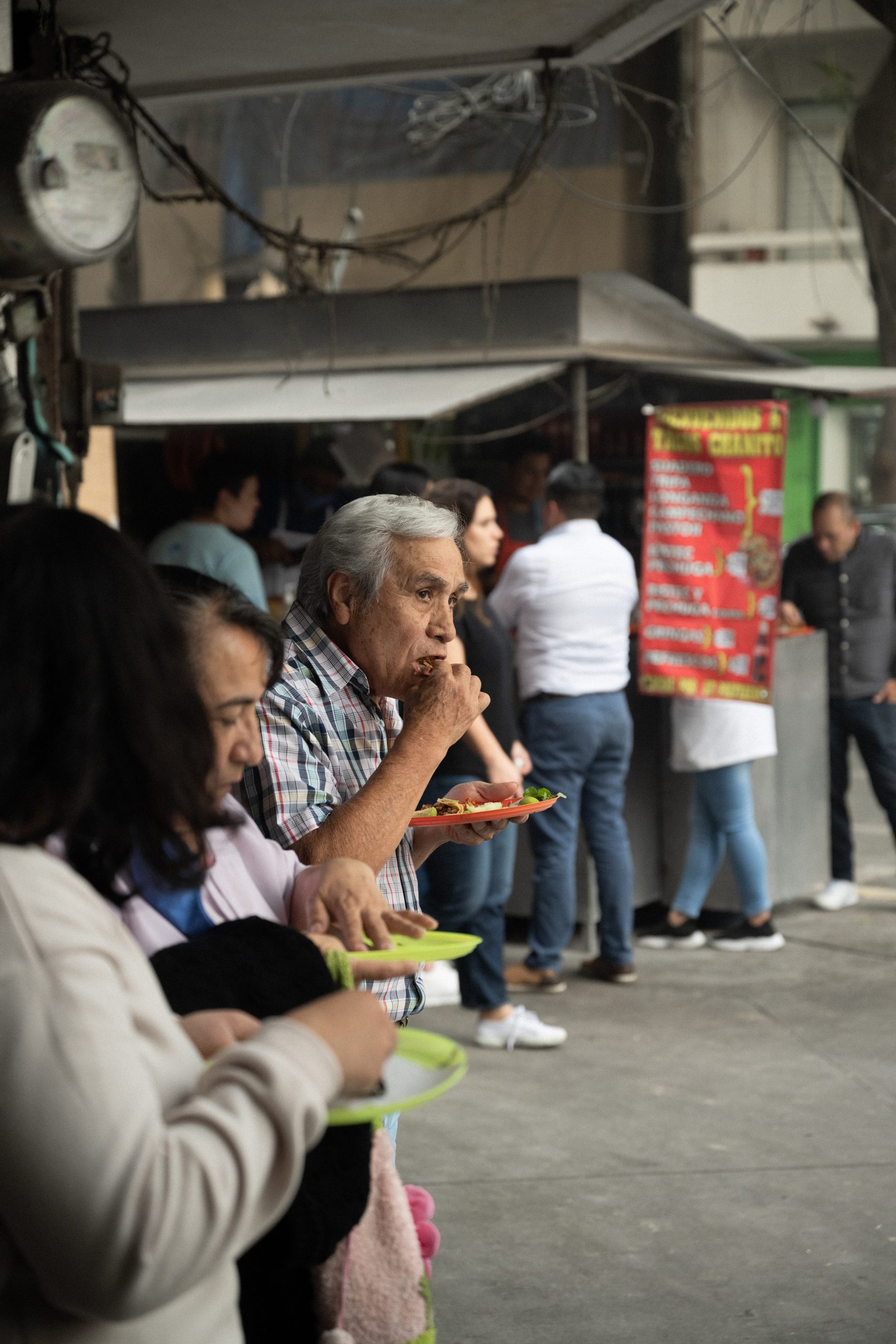
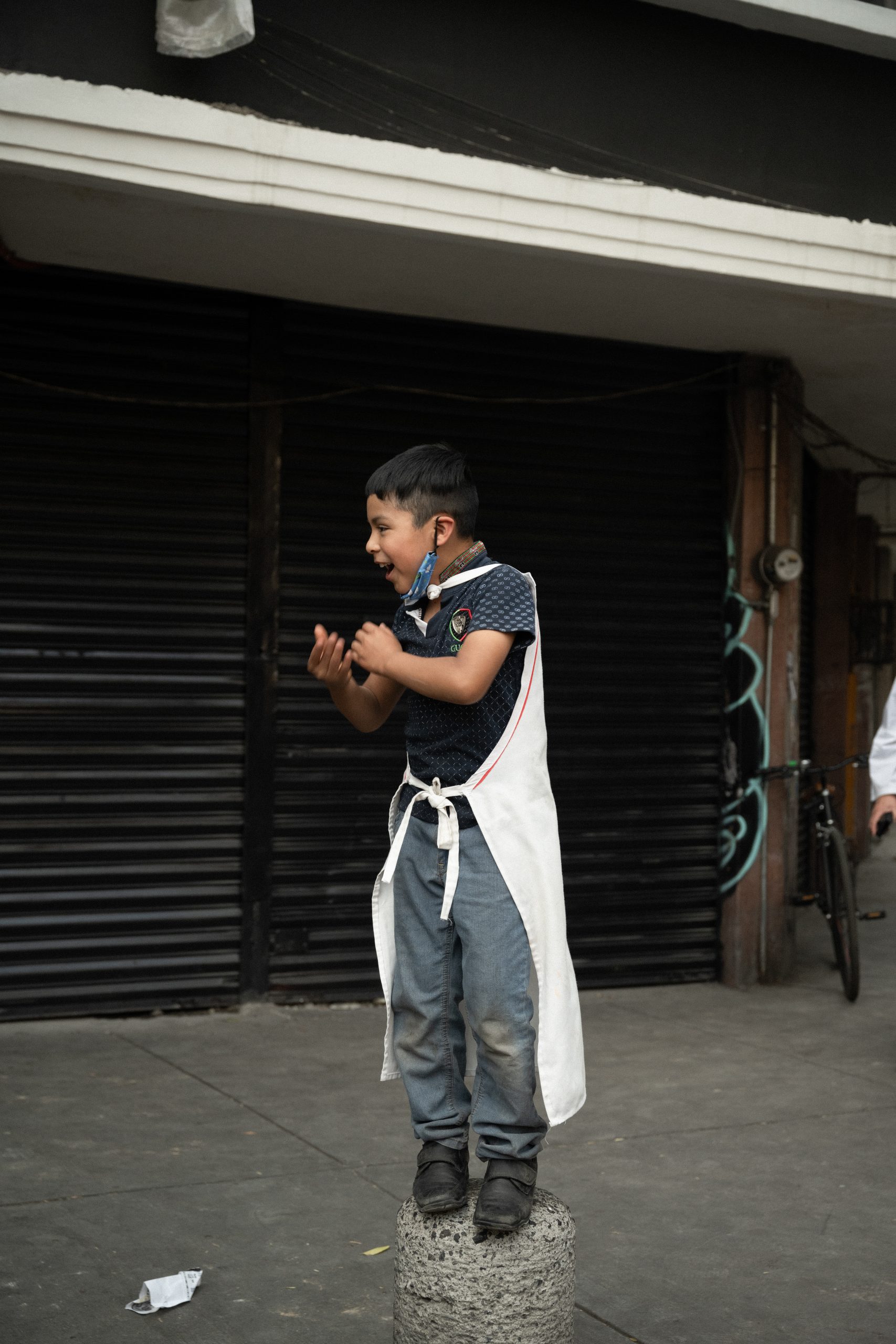

In recent years, Mexico City has attracted a rise in tourism — Roma Norte in particular. During COVID-19, this phenomenon became even more pronounced as a combination of more opportunities to work remotely, along with increasing housing costs, COVID-19 restrictions and a heavy political atmosphere in Mexico’s northern neighbour drove more people south. Many ended up staying and adding to the growing number of US expats living in the city.
The Ortíz family watched all this play out from their corner. As the block gained boutique stores carrying emerging Mexican fashion labels, minimalist cafes with remote-work-ready internet access and outposts of American Apparel and German eyewear label Mykita, the humble sandwich shop and neighbourhood institution was really beginning to look like a holdout that couldn’t be expected to last much longer against the relentless tide of an aspirational consumer aesthetic and a foreign clientele to match.
As three sisters from the Ortíz family – Sandra, Noemí and Carmen – told me in an interview for national English-language outlet Mexico News Daily, before the pandemic they held numerous events to try and save their store. In 2019, they hosted Tortas y jugos en defensa del barrio (‘Tortas and juices to defend the neighbourhood’) where the family gave tortas away to passers-by to raise awareness of their situation and to ask their neighbours for help. Still, the violent end of Tortería Colima in February was a shock to the community.
When financialisation comes to town
It’s little wonder that the Ortíz family’s eviction was lamented by neighbours, tenants rights groups and urban analysts as a painfully clear example of the emerging fate of Mexico City’s central neighbourhoods. Gentrification and touristification are simply the tip of the iceberg: the underside of the property boom is vast and grim, supercharged by the COVID-19 pandemic and its fallout in a country where very little economic support was available to offset lost or reduced wages.

Up to 55 percent of Mexican households have struggled to pay their rent or mortgage since 2020, according to a study conducted by the Autonomous National University of Mexico (UNAM)’s Institute of Social Research and global housing advocacy alliance Habitat International Coalition. Of this, 30 percent had to change their residence. Last month, the newspaper El Sol de México reported that judicially permitted evictions of residential and commercial occupants of real estate in the city had increased 27 percent from 2020 to 2021. Habitat International Coalition’s Maria Silvia Emanuelli tells me that though it’s still too early to confirm this data, in real terms, the percentage could be even higher: that data only tracks those with formal rental contracts, who only make up 49 percent of the population.
Emanuelli says the Mexico City affordability crisis can be explained by a combination of unfettered real-estate speculation, and the absence of policies focused on guaranteeing accessible land and controlling property prices.
“Housing today is a commodity on the global stock market,” says Emanuelli. “The focus here is not on satisfying the right of the population to housing but, instead, it’s on investing and asking, ‘Where do I put my money?’; ‘Which is the most desirable area where I can make my money grow?’
“We must insist on tools to control speculation, and tools to control corporate rentals for tourism through applications such as Airbnb,” she says. One way to do this, Emanuelli observes, would be to hold authorities to housing laws, perhaps through a tax on building owners who buy multiple buildings and deliberately keep them empty, for example.
Habitat International Coalition’s policy advocacy, and that of other aligned groups, has seen some success: in August 2021, a federal judge in Mexico suspended an eviction, citing the elderly person’s right to health and housing.
In a state of impunity, resistance can be difficult. Faced with this, acts of civic mobilisation to defend housing and protect against evictions are only more important.
Fighting finance in a state of impunity
For many housing activist groups in Mexico, the fight to stop financial interests from clearing out communities rests on emphasising the social function of housing. The right to adequate housing has been embedded in Mexico’s Federal Constitution since 1917, and applied through high-level provisions for dignified work, inexpensive housing for workers, and protection of the built environment as community heritage.
Building on a 100-year-old legacy of tenant rent strikes and unions (which includes characters such as Superbarrio, a superhero defending tenants in a Lucha Libre mask), there are many groups in the capital city representing the rights of tenants to stay in their homes and advocating to limit overdevelopment and to rehouse the displaced and homeless. Neighbourhood group Observatorio 06000, named after their postcode, has been one of the strongest voices in denouncing Tortería Colima’s forced dislodgement.
But while law and policy are critical battlegrounds for keeping housing affordable and preventing nasty evictions, policymakers and lawmakers themselves can sometimes be part of what Mexico’s news media call the ‘cartel inmobiliario’ (real-estate cartel) of architects, lawyers, real-estate firms, judges, bureaucrats, politicians and organised criminal groups who work together in a state of near-total impunity for all crime. As independent news platform Open Global Rights writes, “Impunity in Mexico is not accidental, random, or involuntary. Instead, impunity results from a chain of actions taken with [an] express purpose.”
In a state of impunity, resistance can be difficult: more than half a century of occupation can be erased in one day, as in the case of Tortería Colima, and community mobilisation can come to nothing. Faced with this, effective acts of civic mobilisation by Observatorio 06000 and similar groups are vitally important, whether it means organising communities to prevent evictions, blocking streets, occupying buildings and protesting, or giving out tortas to raise awareness about threats to the community – or even creating an anti-gentrification saint.
Alejandra Reyes, a professor of urban planning at the University of California, Irvine, who researches the relationship between governance, finance and housing policy, writes that the framing of Mexican housing policy as “an implicit construction and development policy has meant that public housing investment is generally absorbed – and housing development decisions are generally taken – by the private and real estate sectors seeking to maximize profits. This has given Mexicans very weak civic platforms from which to seek and demand better housing and living conditions.”
Yet, she writes: “past civic and housing movements that have successfully provided support to low-income households and promoted the consolidation of more democratic institutions have also confronted powerful political and economic interests responsible for their struggles.”
In short, as Emanuelli says, “The struggle for housing works parallel to the struggle against impunity.”
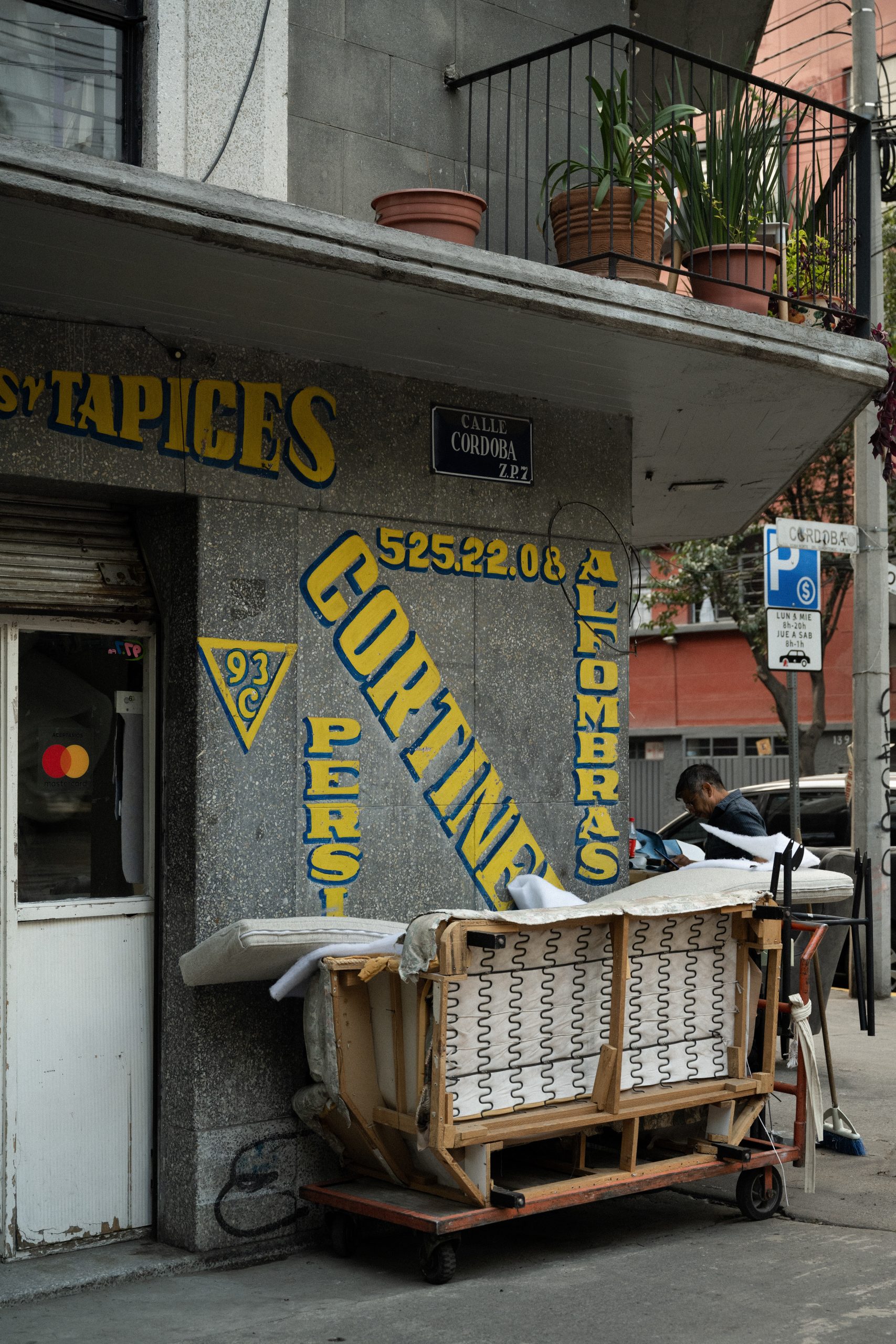

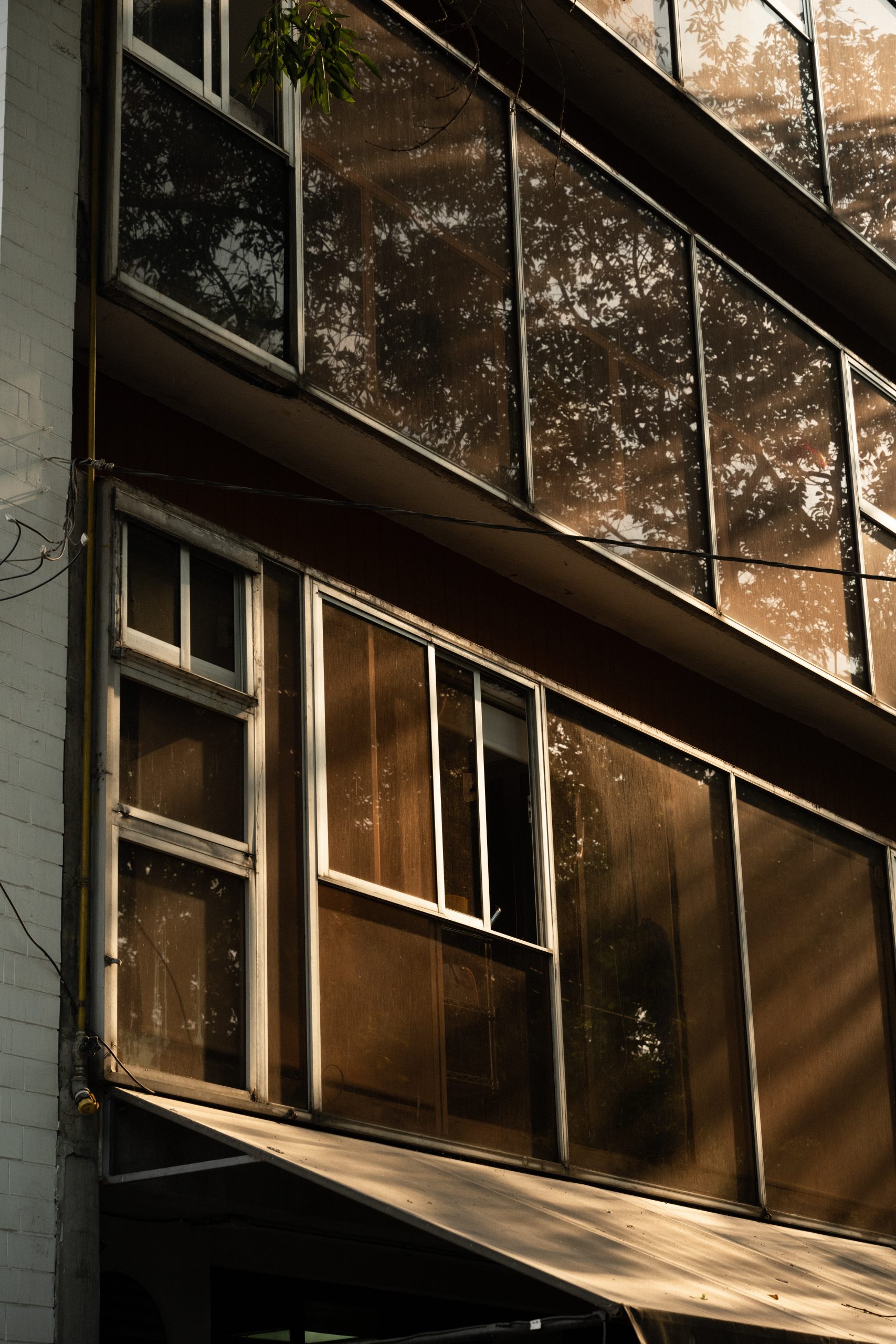
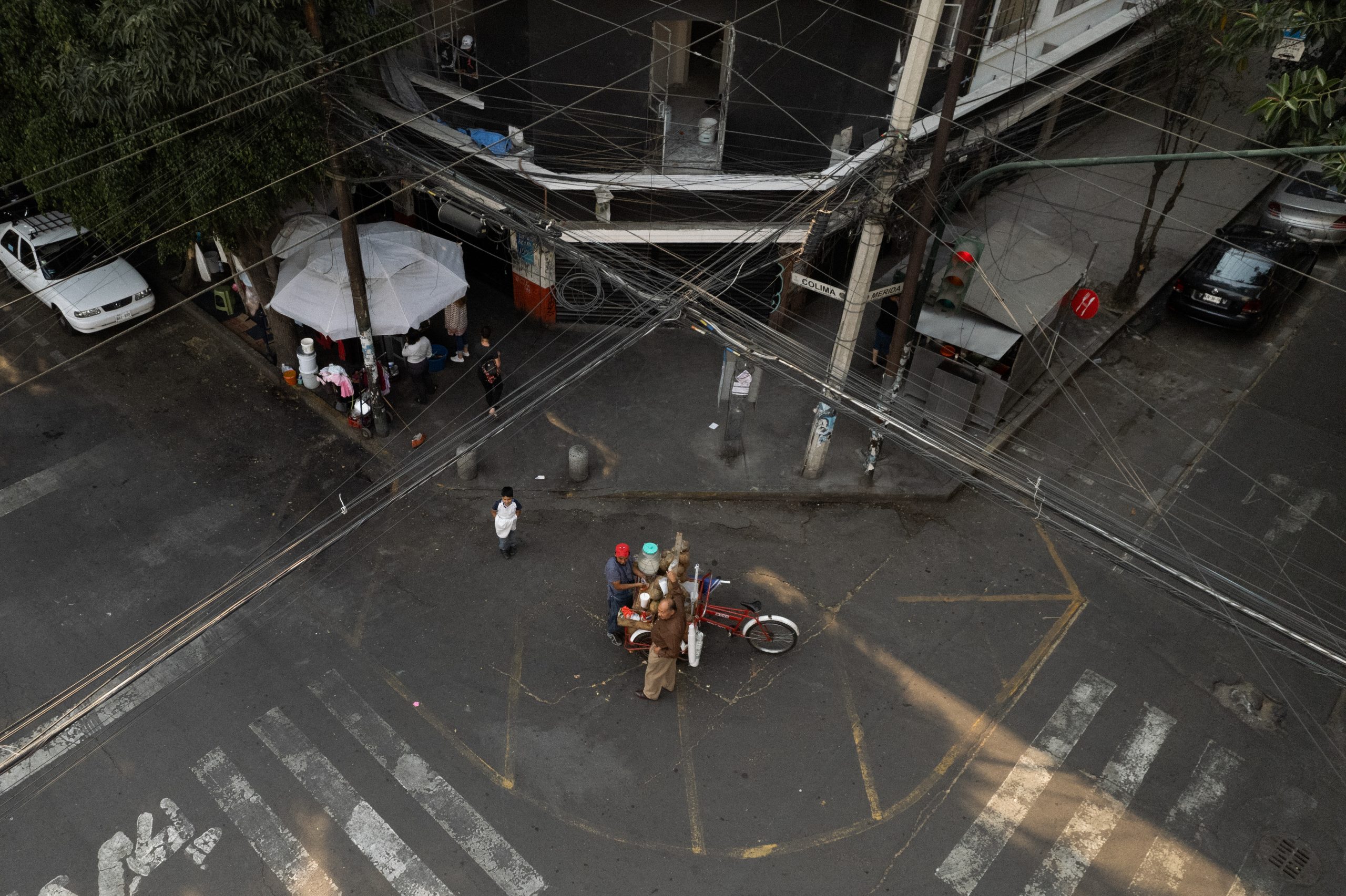
Future alliances
On a warm spring day at the end of March 2022, photographer Ana Paula and I spent the afternoon on the corner of Merida and Colima streets. Following Tortería Colima’s eviction weeks earlier, it appeared that no time had been wasted on renovating the building in Roma Norte that housed the Ortíz family business for 54 years. The formerly crumbly texture of the facade had been painted over in a smooth, matte-black finish. Clouds of concrete dust drifted out of the building as construction workers drilled and hammered their way through it. Outside, a quesadilla stand was doing a roaring trade, as the stand’s owner Jenni and her family served a stream of locals and tourists. Looking slightly disoriented, a tall white man ordered a quesadilla de chicharrón and sat down on a makeshift stool to eat it.
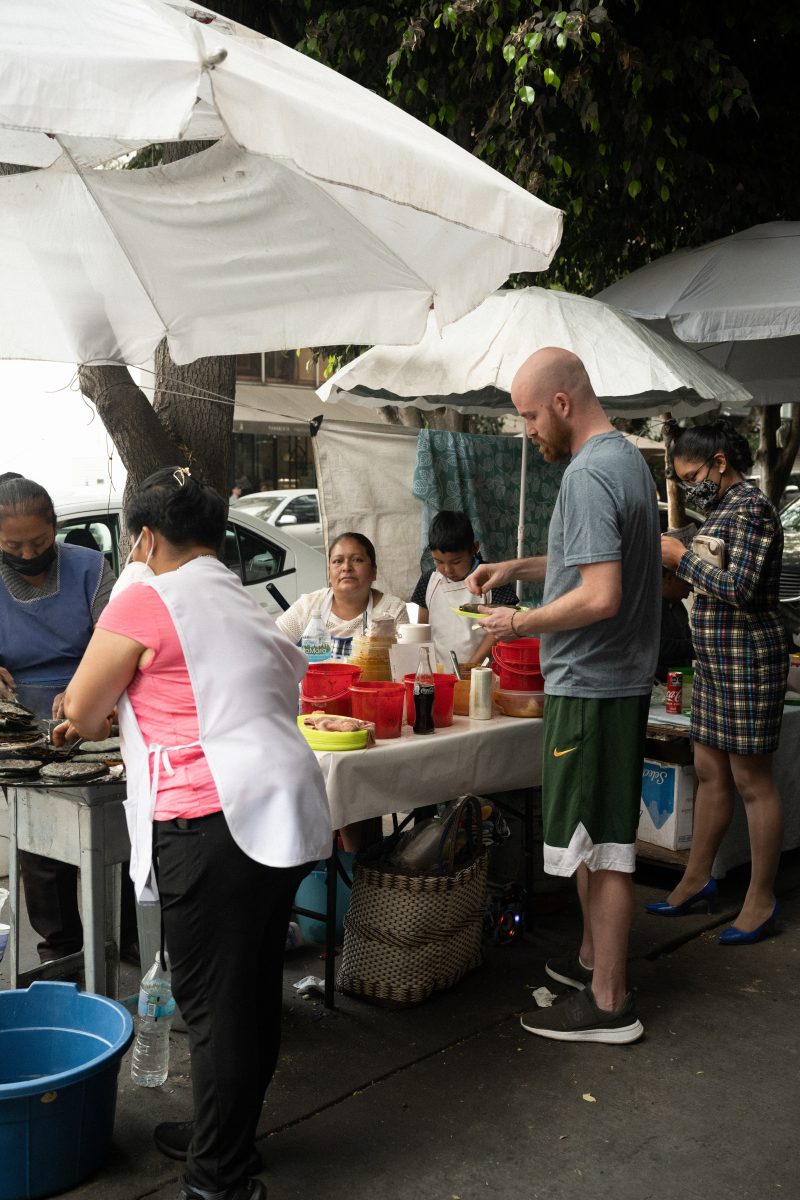
He told us he had arrived in Roma Norte that day, having driven from North Carolina with a plan to move permanently to the city. “My landlord raised my rent by one thousand dollars,” he said. “Why would I pay that when I can rent for half the cost here?”
One thing seems certain: in an increasingly untethered world, the ‘gringos with laptops’ – remote workers from the US and other countries with high-value currencies and relative ease of crossing borders – are going to keep coming as long as Mexico City – and perhaps other parts of the Global South, such as Bali – represent an affordable alternative to their own countries. Many foreigners worry (as do I, as an Australian living in Mexico City) about contributing to gentrification and community displacement, while feeling like they have little choice as the financial demands of their own lives make living elsewhere unsustainable. Meanwhile, many of my Mexican friends are barred from such a choice in the first place.

In a way, while foreign expats in Mexico City may not be the root of the problem, they are faced with important choices about how they occupy the city. As the target of development capital, for instance, I can choose not to run an Airbnb from our apartment building or I can refuse to pay rent that exceeds local affordability. Indeed, as groups such as the Good Guest Collective pop up and social-media debate develops beyond the angst of complicity, it may be that there is a willing case for the deployment of geopolitical privilege here, on the terms of those who are being pushed out. Those with access to extra resources can share them or donate to fundraisers for legal fees and building repairs; they can fundraise within their own communities, directly rerouting capital from higher-income countries, in a form of transnational mutual aid; they can pass information on to tourists and potential new residents about conditions in Mexico; and they can undertake the myriad time-consuming, low-status tasks required to organise resistance. As a journalist covering topics such as forced internal displacement and violence, I can use my passport and international press passes to ask questions and investigate matters that are too dangerous for local residents to get involved in.
In a context ruled by impunity, strategic alliances between the newcomers and the communities fighting to stay in place may be possible – indeed, critical – for pushing back against the forces hollowing out the city in which we all want to live.

